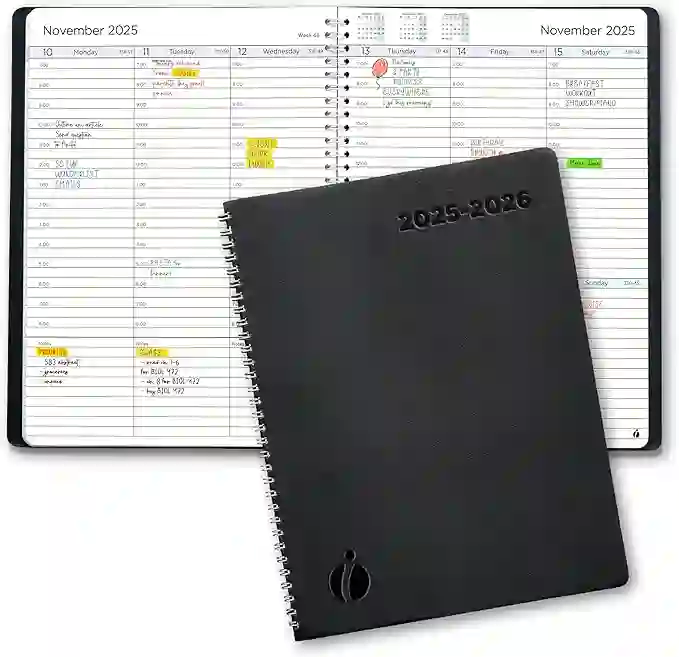
Table of Contents
Career Change After 30 isn’t just possible—it’s becoming increasingly common. At Jivansaar, we hear from thousands of professionals in their 30s and 40s who feel ready for something new. Whether it’s switching industries, learning modern skills, or finding more meaningful work, this guide will help you navigate your next chapter with confidence.
Some are tired of the daily grind.
Others crave more meaningful work.
Many realize their current path just doesn’t fit their values anymore.
And nearly everyone asks:
“Is it too late to change careers after 30?”
The answer is a resounding NO.
Yes, it can feel scary. But with the right strategy, mindset, and a dose of courage, you can successfully pivot into a fulfilling new profession—without losing your sanity (or your savings).
This guide will walk you step-by-step through:
Getting clear on what you want
Identifying your transferable skills
Filling skill gaps strategically
Launching your transition smoothly
Building momentum for long-term success
Let’s dive in.
Disclosure: This post contains affiliate links. If you purchase through these links, Jivansaar may earn a small commission at no extra cost to you. We only recommend products we trust.
How to Approach a Career Change After 30
Step 1: Get Clear on What You Want
Before you start polishing your resume or applying for courses, take time to reflect.
If you need inspiration, check out What Color Is Your Parachute? on Amazon — a timeless guide to finding your ideal career path.
Ask yourself:
- What do I dislike about my current job?
- Is it the work itself, the company culture, or just burnout?
- What kind of work excites me enough to get out of bed in the morning?
Jivansaar Tip:
Write a simple Pros and Cons list about your current role.
Patterns will emerge, helping you pinpoint what needs to change—and what doesn’t.
Step 2: Identify Your Transferable Skills
No matter how unrelated your next career seems, you already have valuable skills.
Examples of transferable skills include:
- Communication
- Leadership and team management
- Problem-solving
- Organization and time management
Example:
If you’ve worked in teaching but want to move into project management, your experience leading classes, organizing lessons, and resolving conflicts is highly relevant.
Jivansaar Tip:
Write down 5–7 skills you consistently use, and look for how they apply in your new field.
Step 3: Fill Your Skill Gaps Strategically
While you likely have many strengths, you may need to build specific expertise.
Here’s how to do it without quitting your job right away:
Take Online Courses:
Platforms like Coursera, Udemy, or LinkedIn Learning offer affordable, self-paced programs.
Earn Certifications:
Depending on your target industry, a recognized certification can boost credibility fast.
Examples:
- Project Management: PMP or CAPM
- Digital Marketing: Google Digital Marketing Certificate
- Data Analysis: Tableau or Microsoft Power BI
For a wide range of affordable programs, explore online courses on Coursera to build in-demand skills.
Jivansaar Tip:
Block 30–60 minutes daily for skill-building.
Small, consistent effort pays off faster than occasional marathons.
Step 4: Test the Waters Through Side Projects
Before making a full leap, test your interest and build your portfolio.

Setting up a home workspace? See this best-selling ergonomic chair on Amazon to stay comfortable while you work.
Top Skills for a Successful Career Change After 30
Start freelancing part-time on platforms like Upwork or Fiverr.
Volunteer for nonprofits in your desired field.
Offer your services to friends or small businesses.
This helps you:
- Gain real-world experience
- Build confidence in your new role
- Create samples to showcase your abilities
Example:
If you’re moving into UX design, redesign a nonprofit’s website or create mockup projects to demonstrate your skills.
Step 5: Build a Powerful Network
Many career changers find their first opportunity through connections, not job boards.
Connect with professionals on LinkedIn.
Attend webinars and virtual events in your target industry.
Join online communities like Slack groups, Facebook groups, or industry forums.
Reach out for informational interviews to learn about the day-to-day realities of your new field.
Jivansaar Tip:
Aim to have 2–3 meaningful conversations each week.
Over time, this will create a strong support system and uncover hidden opportunities.
Step 6: Refresh Your Resume and LinkedIn
A common mistake is sending out resumes that scream, “I’m switching careers and have no experience!”
Instead:
Reframe your experience to highlight transferable skills.
Use a clear professional summary explaining your pivot.
Focus on accomplishments, not just duties.
Example Headline:
Digital Marketing Specialist with a Strong Background in Content Strategy and Project Management.
On LinkedIn, update your headline and About section to reflect your new direction.
Step 7: Embrace Patience and Celebrate Small Wins

Staying organized helps you stay motivated. Explore this career planner on Amazon to track your goals and progress.
A career change isn’t an overnight transformation.
Some applications will be ignored.
Some interviews won’t convert.
That’s normal.
Track your progress:
- Skills learned
- Contacts made
- Applications sent
- Interviews landed
Celebrate every step forward.
Jivansaar Tip:
The key is consistency. Even 30 minutes of effort each day compounds into remarkable progress over a few months.
Final Thoughts from the Jivansaar Team
Changing careers after 30 can feel intimidating—but it’s also one of the most empowering choices you can make. For additional tips, visit Indeed’s Career Guide for more job search strategies and resources.
Remember:
You have a wealth of experience to bring to your next role.
You can learn and grow faster than you think.
You deserve a career that lights you up.
If you found this guide helpful, explore more practical advice on careers, self-improvement, and productivity at Jivansaar.com.
Your next chapter starts today.
And we’re here to cheer you on.
You’ve got this.
Frequently Asked Questions (FAQs)
Q1: Is it really possible to change careers after 30 without starting over from scratch?
Jivansaar Answers:
Absolutely. Most people underestimate how many skills they already have. Communication, leadership, problem-solving—these are valuable in almost any field. The key is reframing your experience and learning targeted new skills to bridge the gap. You don’t have to start from zero. You can also explore online courses on Coursera to upskill affordably.
Q2: How long does a successful career transition usually take?
Jivansaar Answers:
It depends on the industry and how much time you can dedicate to preparation. On average, we see professionals take 3–9 months to reskill, build a network, and land their first role in a new field. Consistency matters more than speed—steady, small steps will get you there.
Q3: Will employers consider me too old to switch careers?
Jivansaar Answers:
No—many employers actually prefer mature professionals who bring reliability and perspective. What matters most is how you present your story. If you show that you’re motivated, proactive about learning, and clear about why you’re pivoting, age becomes an asset, not a liability.
Q4: What is the most important thing to focus on first when planning a career change?
Jivansaar Answers:
Start with clarity. Before worrying about resumes or certifications, get clear on why you want to change and what kind of work genuinely excites you. When you have a strong “why,” every other step—learning, networking, applying—feels more focused and less overwhelming. For more guidance, visit Indeed’s Career Guide for job search strategies and inspiration.

Leave a Comment